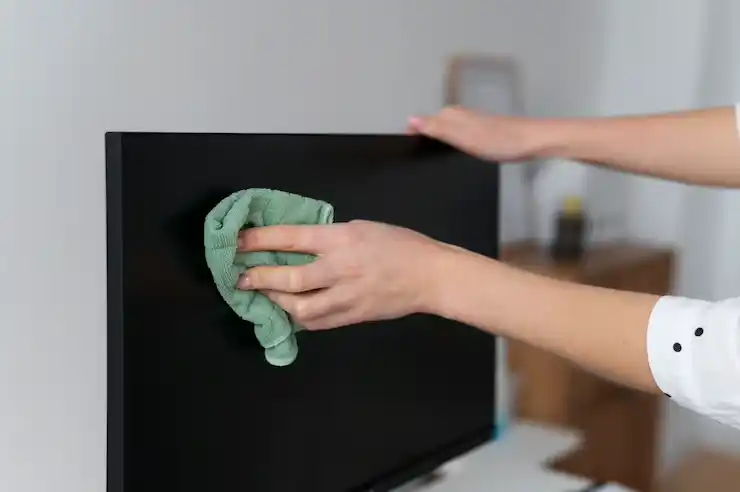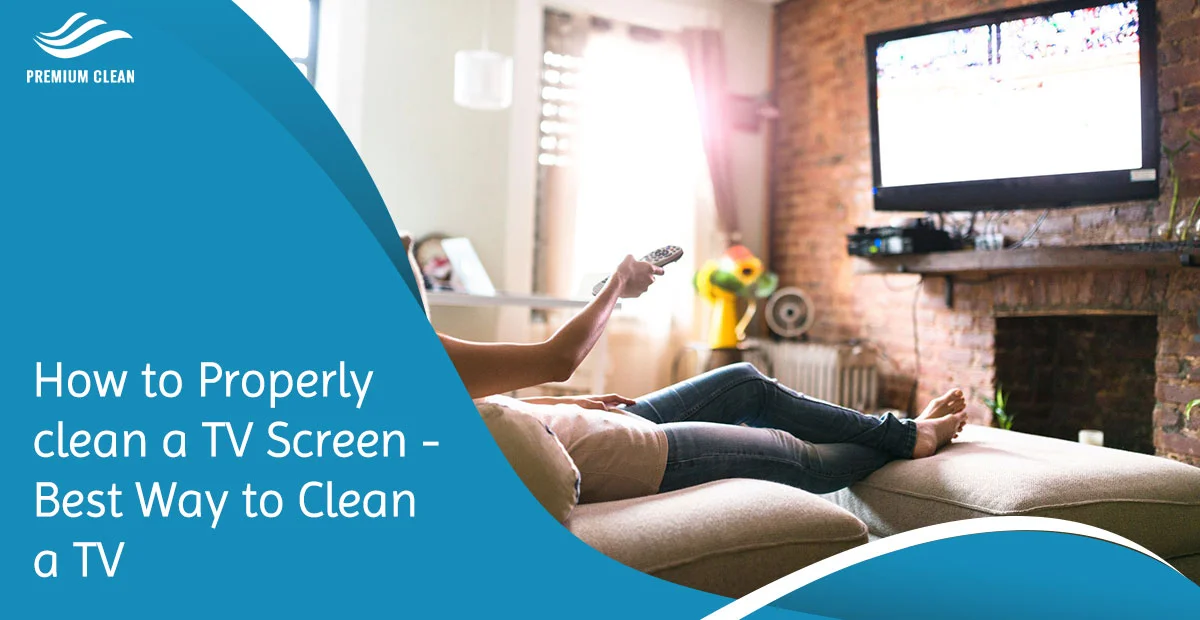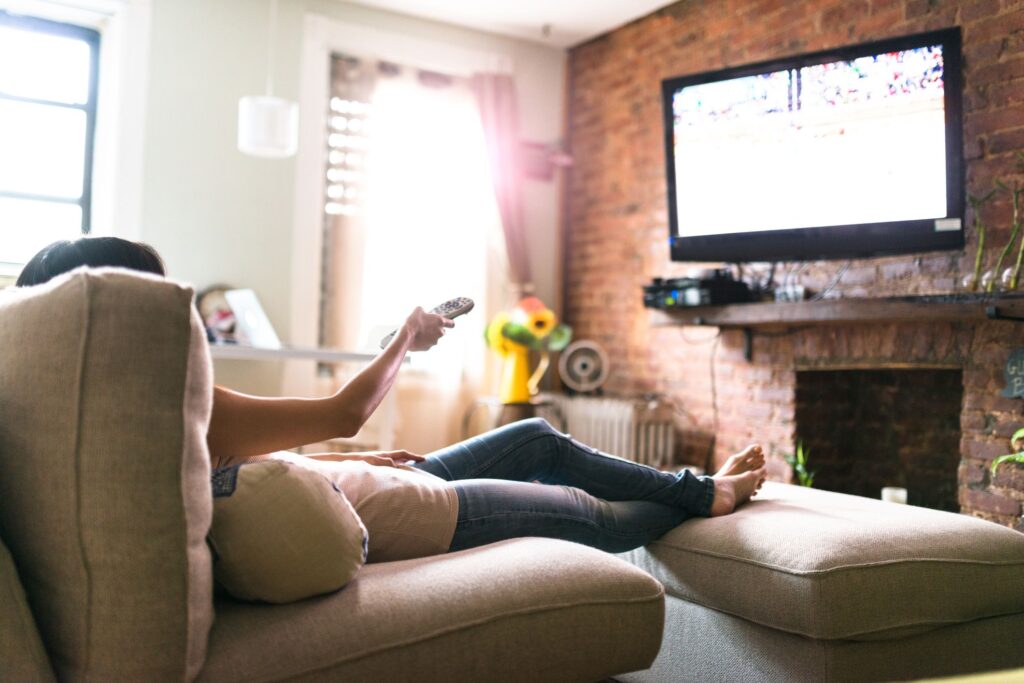Ready to binge-watch your fav TV or Netflix show?
Movie nights and Netflix binges are a constant family activity, especially when we’re stuck at home. Unfortunately, having a low-quality TV shown on your dirty screen wouldn’t make these nights something to look forward to.
Ideally, your TV screen must be dirt-, dust-, and fingerprint-free. Like other electronic items, televisions can attract dust and get flawed with unavoidable blemishes. You’ll be glad to know that cleaning your TV is a straightforward process with no pricey special chemicals necessary.
If you’re not sure how to properly clean your TV screen, we’re here to guide you and recommend the safest and most effective methods to keep your beloved TV speck-free for you to enjoy every moment watching shows with your family.
Reminders:
- No matter what type of television you own, a microfiber cloth designed to clean and remove smudges is what you’ll need.
Avoid harmful chemicals like alcohol and ammonia. These are found in window cleaners and can damage your flat-screen TV. - Don’t use cleaners containing an abrasive that can scratch the screen.
- Turn off your TV and unplug it. Doing this will be safer, as it will give a chance for your TV to cool down. You can also see more dirt and smudges while cleaning.
- Consult the manual first. Most television sets have manuals and manufacturer websites containing instructions and recommendations for the best way to clean their TV sets.

Difference between TV sets
Some people still own older tube televisions. You’ll be enjoying more flexibility as their screen is made of glass, and you can clean them like other glass items in your household. It is the only instance when you can use a window cleaner, but we also recommend that you moisten a cloth with a 50/50 mixture of rubbing alcohol and water.
On the other hand, LCD TVs are far more sensitive, and you must carefully clean them to keep the screens from getting damaged. Although plasma TVs also have glass screens, manufacturers often apply a sensitive anti-glare coating, so they should be treated like an LCD TV. Below are detailed step-by-step instructions on how to clean your LCD TV screens.
What you’ll need:
- Microfiber cloth
- Pre-moistened wipe
How to Clean
- Dust the TV with a soft, dry microfiber cloth.
- Spot-clean smudges with a pre-moistened wipe designed for electronics.
- Turn the cloth often as it picks up dust.
- For hard-to-remove stains, moisten your cloth with distilled water. Do not apply any cleaning solution directly on the screen. Doing this can cause moisture into the screen’s seal and damage your TV.
- Panasonic recommends a solution of 1 part neutral detergent to 100 parts water to treat smudges.
- Wipe in one direction first, either horizontally or vertically. Then wipe it a second time in the opposite direction to thoroughly cover the entire screen.
- Go over the buttons and the back of the TV to catch dust in the vents.
Extras: How to Clean your TV Speakers and Remote Control
Are your speakers sounding muffled? Then it might be the time to clean them.
Check if your speakers’ fabric covers are removable. If they are, vacuum both sides with the upholstery tool to remove dust, lint, and pet hair that often stick.
If they’re non-removable, vacuum the front or use a lint roller to go over it.
For your remote control, which most likely has more germs and can spread them throughout family members, it’s better to clean these as regularly as possible.
- Pop the batteries out.
- Tap the remote to dislodge any loose crumbs or debris stuck.
- Wipe the remote off with pre-moistened disinfecting wipes.
Keep your TV clean
- We recommend cleaning your TV weekly to keep film, dust, and fingerprints from building up.
- Never spray anything directly on a television screen to prevent any damages.
- Always follow the manufacturer’s instructions.
- We can’t stress it enough but stay away from cleaning your TV with products containing alcohol, ammonia, and acetone. We wouldn’t want more unnecessary expenses now, do we?
Related blog : How to Properly Clean a TV Screen in 7 Easy Steps
Last Updated on March 15, 2024


